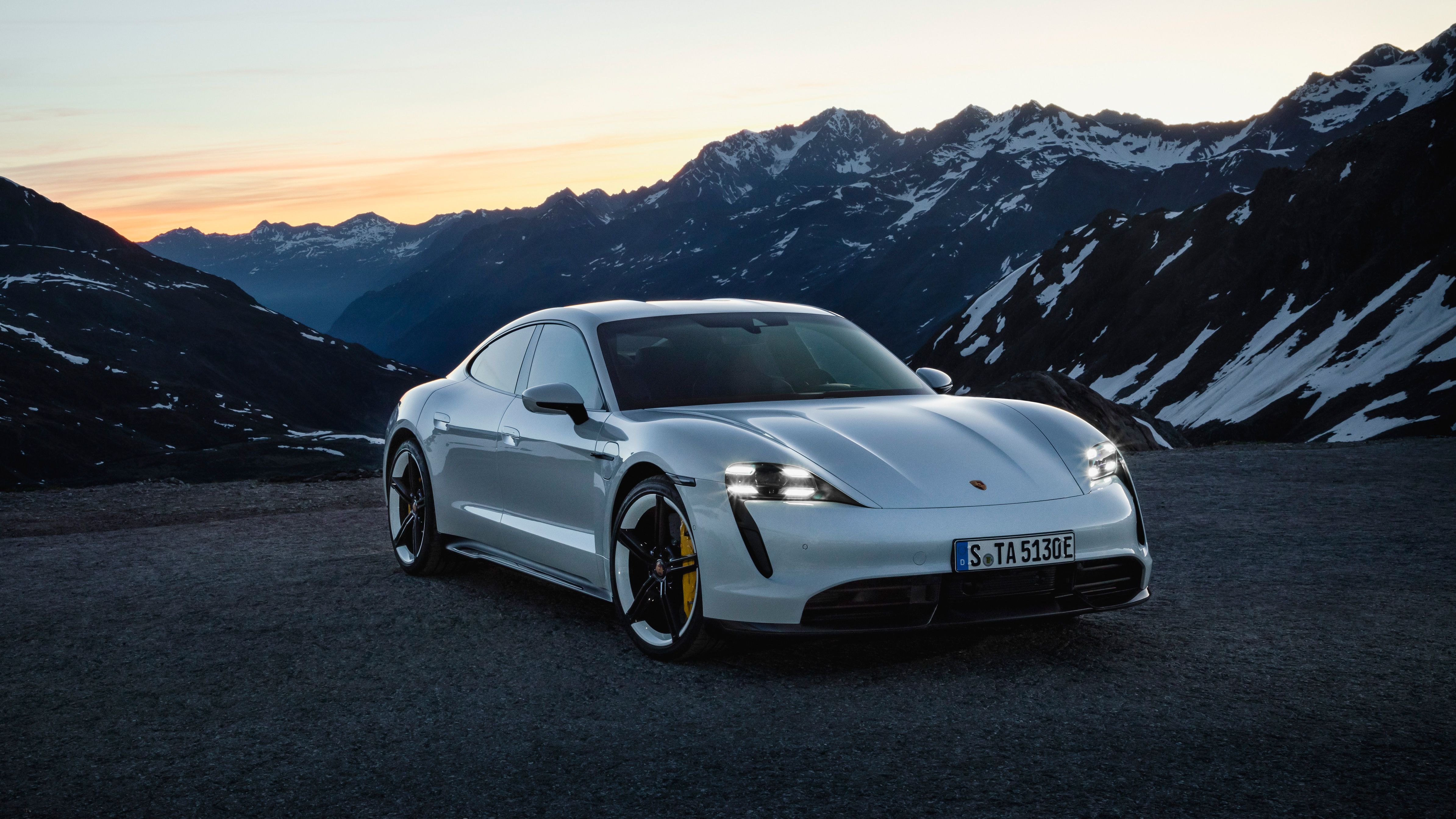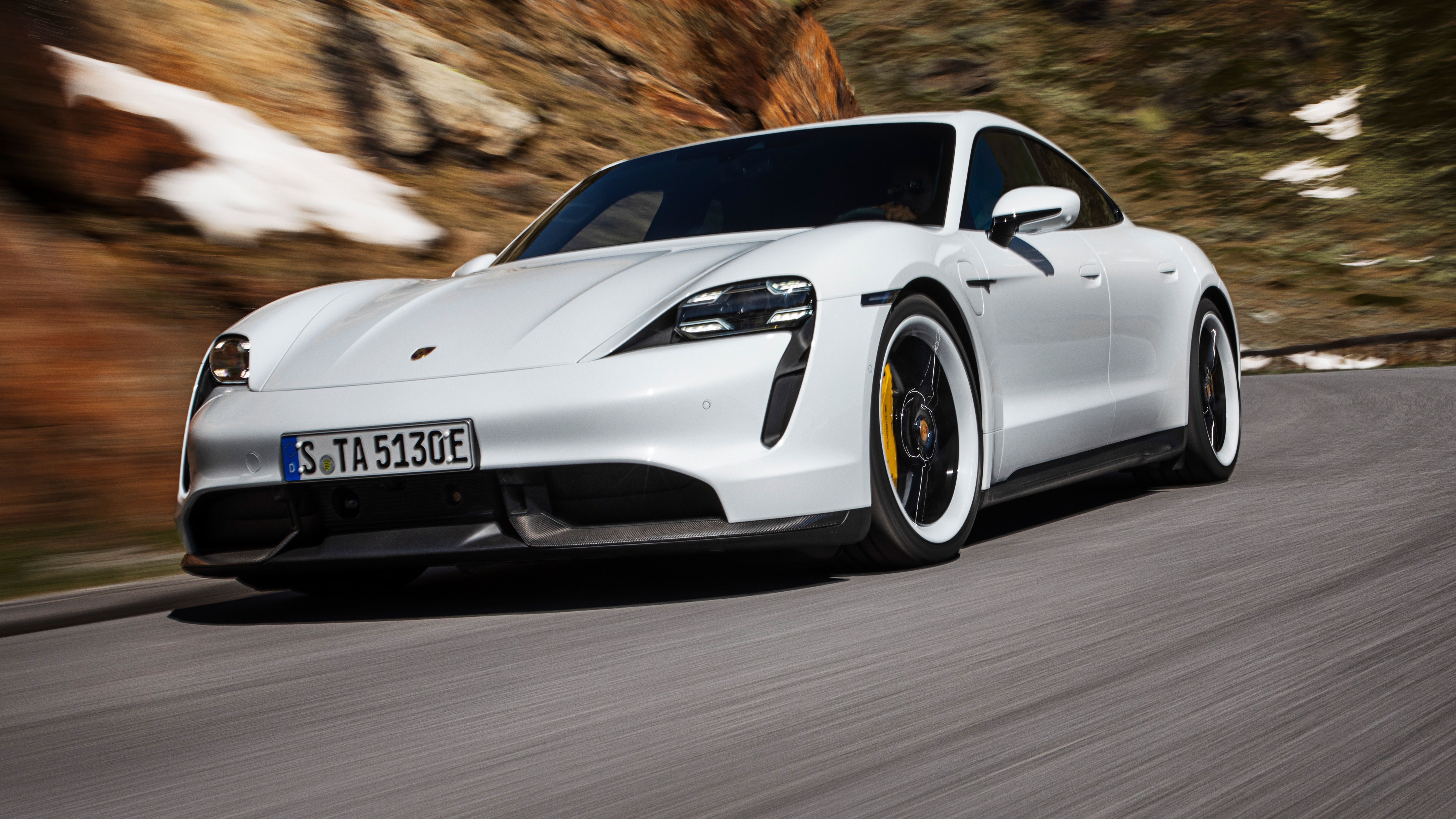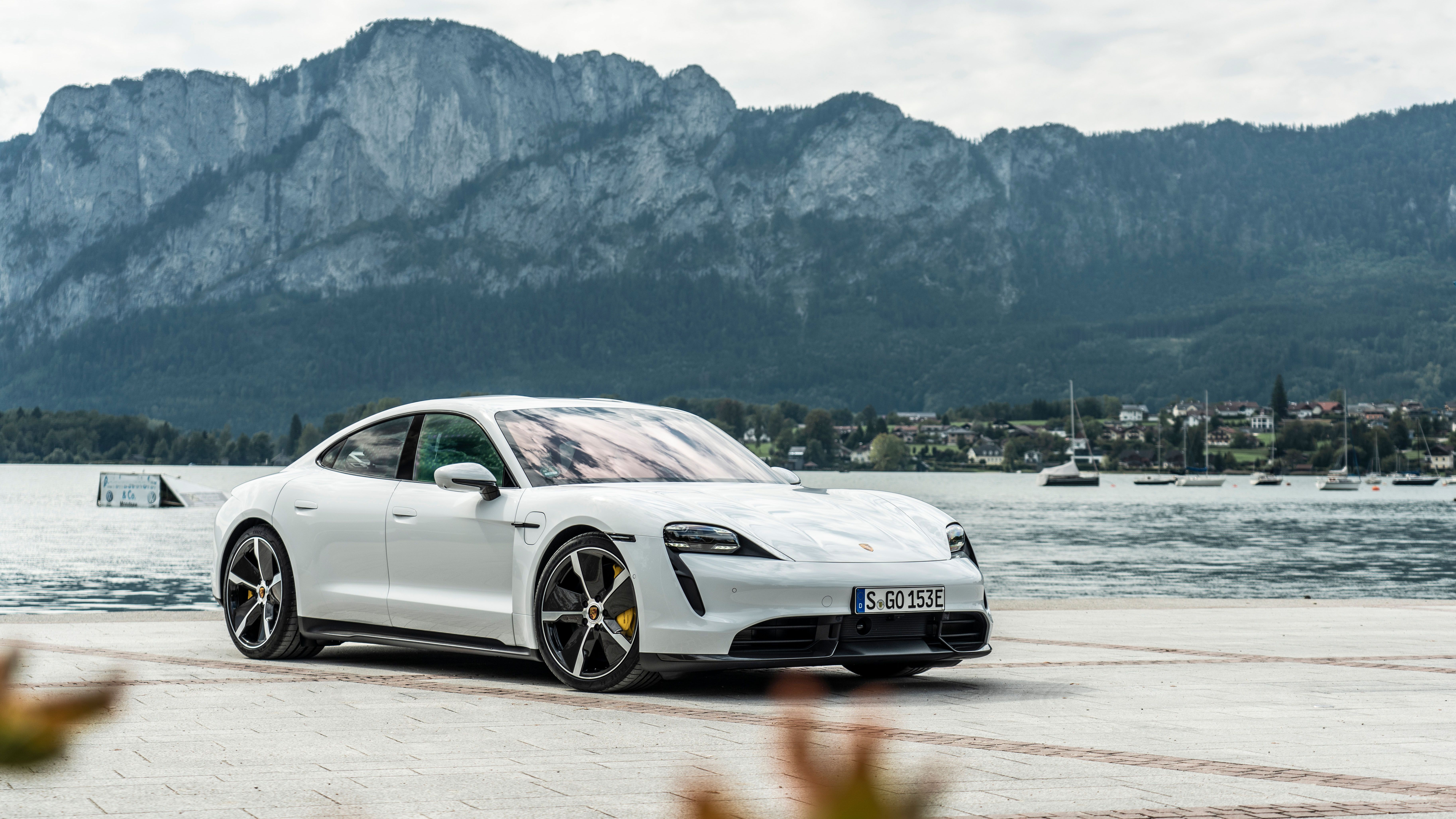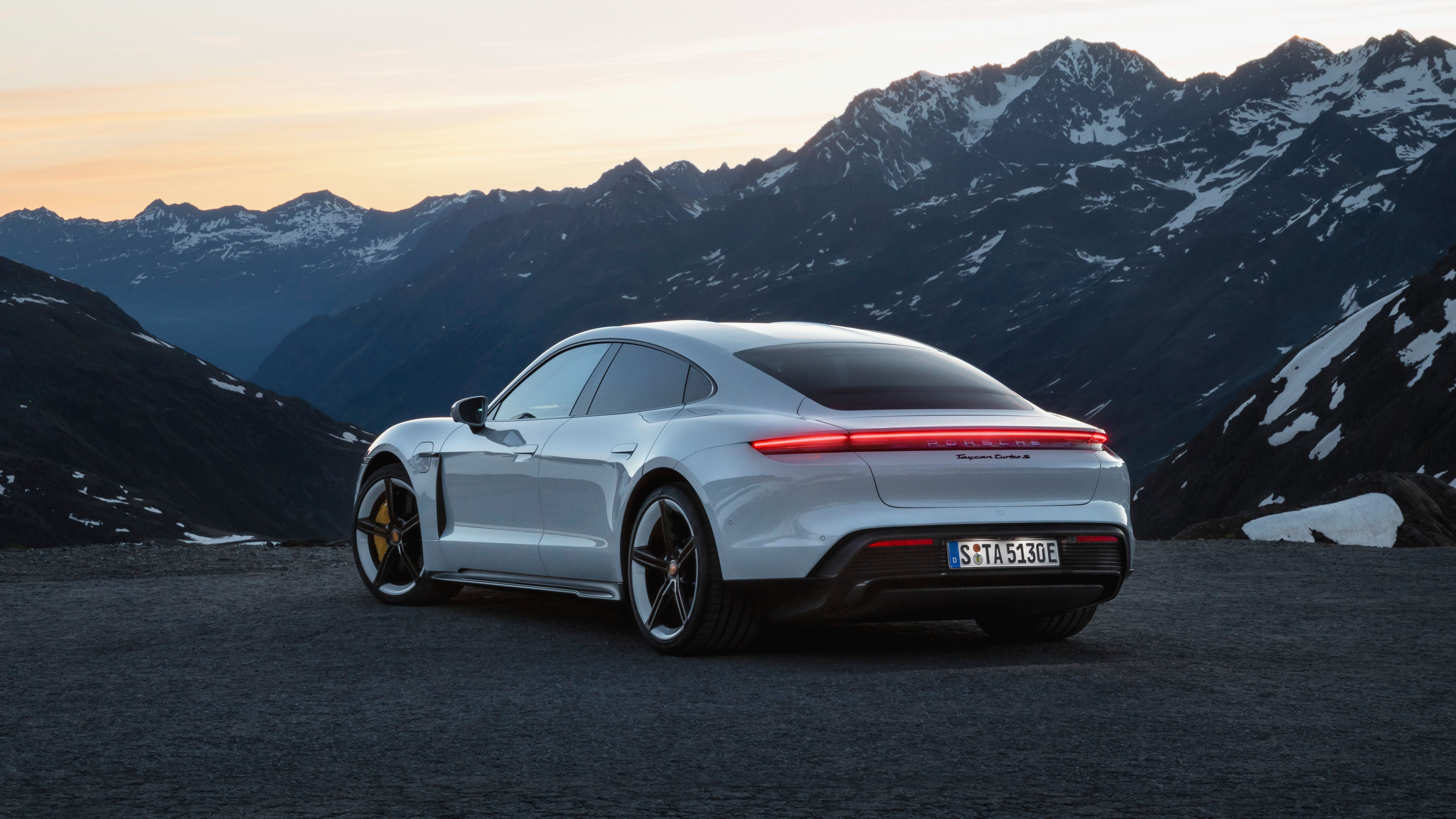You know, I like the Porsche Taycan. I think it’s relatively sport for what it is while still featuring the family friendliness of four-doors and plenty of cargo room. Sure, it kind of looks like a deformed, partially aborted 911 with too much DNA, but that’s a conversation for another day. What I can’t get past, though, is the fact that Porsche has seriously dropped the ball when it comes to EV range. Where the Porsche Taycan Turbo is rated at 201 miles, the Taycan Turbo S garners just 194 on a full charge.
Porsche Needs to Rethink the Taycan in a Big Way
When the news about the Taycan Turbo being EPA-rated at just 201 miles, I laughed a little bit. Obviously, it was a big blow to Porsche, who initially claimed that Taycan would have around 290 miles. That came after a demonstration where Porsche drove from Niagara Falls to New York, stopping to charge after 250 miles with 39 still left on the clock. Now, the Taycan Turbo S comes in with a rating of just 194 miles. To put this into context, here’s a short list of what other electric cars manage to attain:
EV Range and Price Comparison
|
Model |
EPA Range |
Price |
|---|---|---|
|
Audi e-tron |
204 |
$74,800.00 |
|
Chevy Bolt EV |
238 |
$36,620.00 |
|
Hyundai Kona Electric |
258 |
$37,190.00 |
|
Jaguar I-Pace |
215 |
$69,850.00 |
|
Kia Niro EV |
239 |
$38,500.00 |
|
Tesla Model S |
368-380 |
$99,900.00 |
|
Tesla Model X |
305-328 |
$104,990.00 |
|
Tesla Model 3 |
250-348 |
$56,990.00 |
|
Volkswagen E-Golf |
186 |
$31,895.00 |
Now, you could argue that most of the cars on that list are far from offering the performance, thrills, or even luxury that the Porsche Taycan can, but in terms of sheer range, the Taycan loses out to models well below its class in price. Granted, the Taycan 4S is now listed at $103,800 or Porsche’s website, but the Taycan Tubro (with 201 EPA-rated miles) is listed at $150,900 while the Taycan Turbo S (with 194 Miles of EPA range) commands $185,000. Sure, since the Turbo S offers faster performance, larger wheels, etc., it was expected to feature less range, but any new EV – especially one that resides in the six-figure price bracket – just doesn’t stand much of a chance with less than 250 miles of range.
Sorry Porsche, But You Missed the Mark
Like I said, I like the Taycan for what it is, but Porsche isn’t exactly making the statement it needs to make in the world of EVs. You can argue all day that most people won’t need more than 200 miles of range between charges. You can even argue that if you have Taycan Turbo money, you can easily buy a gas-powered car for longer trips. But, all that is outside the point in general. There’s a reason that even cheaper models like the Nissan Leaf and Chevy Bolt EV have more than the “average needed miles.” Most people don’t need to carry around more than 6 gallons of gas at one time, but all gas-powered vehicles have a much larger tank. We, as humans, need that comfort of knowing that we’re good should the unexpected arrive. We need to know that if we forget to fill up – or in this case charge – that we can still make it to work tomorrow when we leave the house 5 minutes late as usual.
They Taycan may see success simply because it wears a Porsche badge, but the truth is, there isn’t a strong case in buying it for usability. If you like the novelty of having a Porsche EV, then I get it, but your “EV budget” is better spent elsewhere on something that’s actually usable beyond the immediate radius around your home. Then again, I guess this is what happens when a luxury and performance marque tries to step into an industry it’s not ready for. This, folks, is why brands like McLaren, Ferrari, and Lamborghini won’t go full-EV yet – you just can’t mix all the ingredients and come up with something that’s right without it wearing a Tesla badge. Sad but true.




